My brief encounter with Taoist Deities in China left me amazed at the similarities with key Hindu concepts
By Rutvij Holay, 17
”From It became One, from One became Two, from Two became Three, from Three became all things in the Universe.” Replace It with Brahman, Siva, Vishnu, or whichever God you believe to be the representation of the Supreme depending on your sampradaya, and you find yourself telling one of the Hindu stories of creation. Replace It with Tao, however, and you find yourself reciting the 42nd verse of the Tao Te Ching, one of the foundational books of the Taoist faith of China.
The similarities do not stop with this one verse. From philosophy to methods of worship to ethics and everything else, there are profound similarities between Hinduism and Taoism, many of which I was blessed to see during a one-day layover in Hong Kong, and in my studies of Chinese culture afterwards. I have found that these similarities are so prevalent that one could claim that Taoism and Hinduism are, in many ways, Indian and Chinese variations of the same faith.
My Revealing Visit to China
The first time I noticed these similarities was in 2019 when I entered a small village in Hong Kong. It was the quaint fishing town of Tai O, from which most of the younger generation had moved out. China is often painted as a second West, incredibly modernized and focused on industrial development; yet, even before we stepped into the village, there was a small red stone murti in a modest shrine just outside.
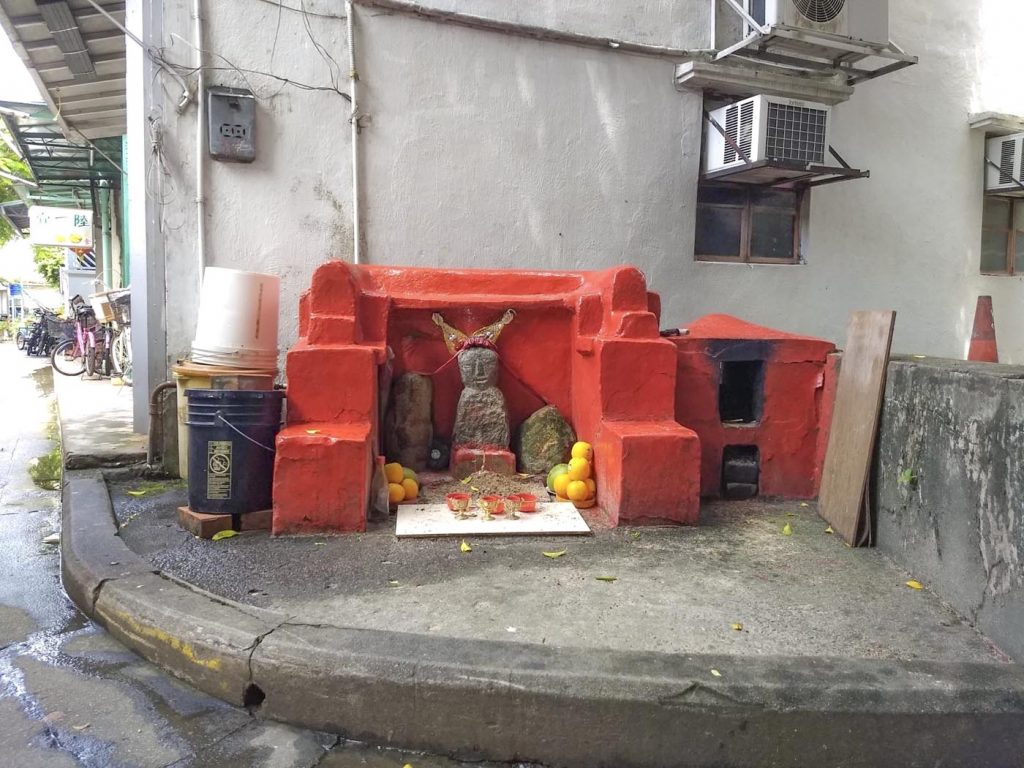
There isn’t much I can say about it—it was nameless, handless, legless, and merely had a face, with a red hat put on it alongside two stones. What did stand out, however, were the oranges placed alongside it and the red glasses of liquid placed in front of it.
Out of respect for the Deity and not knowing the customs, I did not go closer to it; yet it was clear that He was some sort of Gramadevata for the villagers, given offerings and called upon to protect the village. My curiosity piqued, I took His blessings, so that I could understand the culture of the people in the village better, and how exactly it related to Hindu dharma, if at all. With us were a Hindu couple from Vishakhapatnam whom we had met on the flight going back to their home after visiting their son in California. The resemblance was also clear to them, and they joined me in taking the blessings of the Devata.
Heading into the heart of the village, we came across the 500-year-old Kwan Tai Old Temple. The temple honored Kwan Tai, a general during the Han Dynasty known for his loyalty and righteousness. Much like Hindu mandirs, however, it also contained murtis of other Devatas, such as Tudigong, the God of the Ground and the Soil.
The temple featured a method of divination, something also found in some Hindu temples, though not in this form. Devotees could ask a question, usually regarding marriages and business, and rub two tiles together, throwing them into the air. If both land on the “yes” side, then the answer to the question is yes. While I can’t speak to the accuracy of the method, I did ask the Devatas whether the Chinese Tao and Vedic Brahman are the same. The answer from the tiles was “Yes.”
Similarities in the Two Faiths
After a delicious meal at a local Buddhist monastery, we were on a flight heading home to Los Angeles, where I used the last few days of summer to begin getting an overview of the Taoist beliefs and texts, which until then had been reduced to the popular yin and yang symbol in my mind. I also worked on my Chinese for the next three years, to allow me to better understand the Chinese scriptures and texts. Given the similarities I found between the traditions, it was well worth the effort.
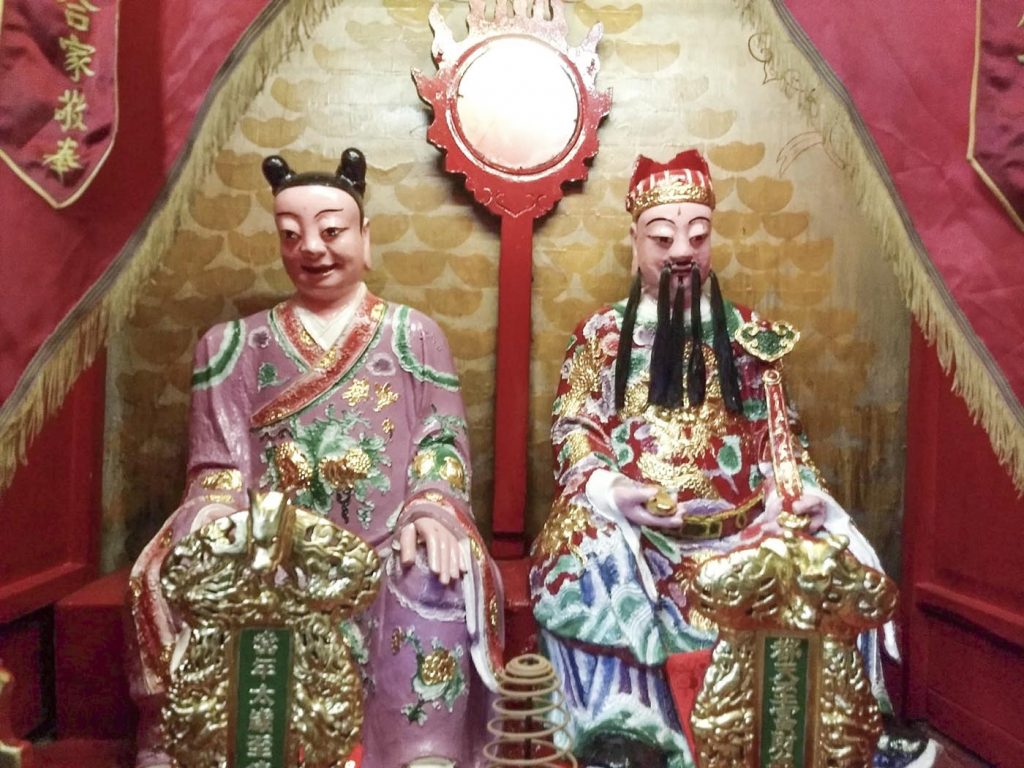
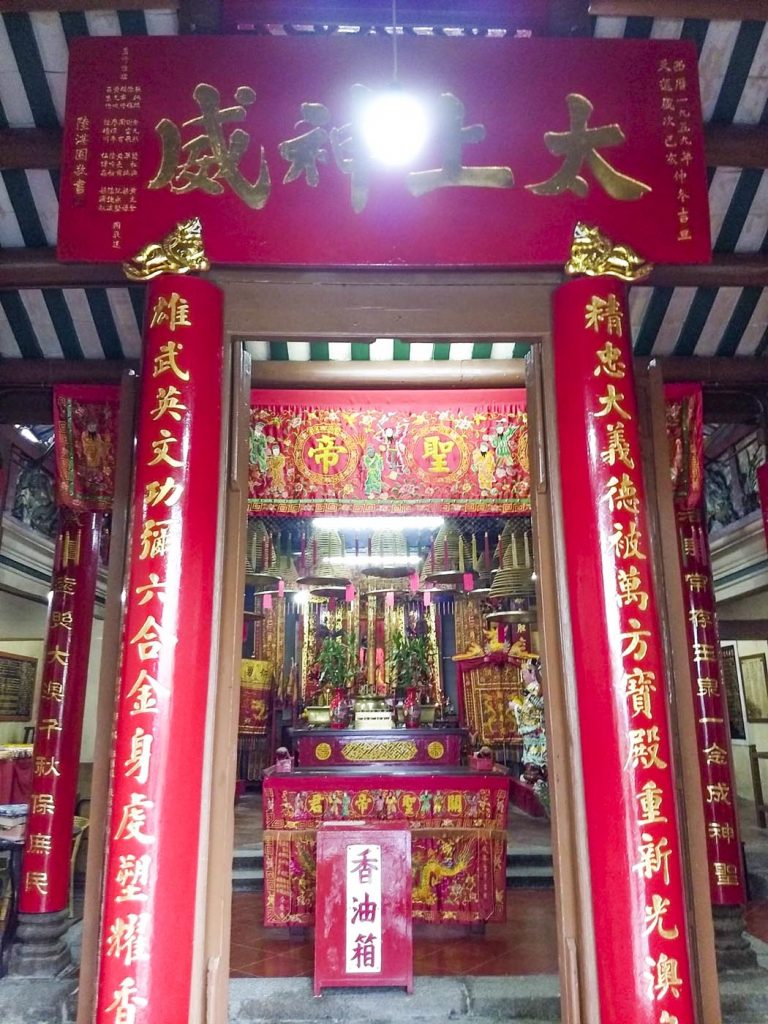
To start with, both religions are inherently pantheistic. Just as Hindus believe that everything in the world is the manifestation of a nameless, formless concept known as Brahman, Taoists hold that everything in the world is the manifestation of a nameless, formless concept known as Tao.
In fact, the Tao Te Ching even goes into philosophy regarding the Atma when it mentions how “the Tao that can be trodden is not the enduring and unchanging Tao,” which is similar to the Bhagavad Gita’s “The Atma is eternal and constant, and does not die when the body dies.” In this way, it seems that Tao is a far broader term than Brahman, in that it encompasses more concepts.
One common Hindu concept is the idea of Rita, the natural order that governs the universe. Known in Taoism as Tian Tao, “Way of Heaven,” it works “so that all things are brought to perfection by it.” When discussing how men ought to interact with the Way, Taoist texts give the examples of the legendary emperors that all kings aspire to be like—Huangsi, Yao and Shun—who “did nothing, but tried to imitate that Way of Heaven,” much like our Puranas and Itihasas give examples of people like Rama and Harishchandra who always stuck to the dharmic path, and whom many Indian leaders aspire to be like.
The Zhuangzi, a foundational text of Taoism, describes the man who is able to understand the Tao and live in accordance with it: “His whole mind is fixed, and he rules over the world. The spirits of his dead do not come to scare him; he is not worn out by their souls. His words proceeding from his vacancy and stillness, yet reach to heaven and Earth, and show a communication with all things: this is what is called the Joy of Heaven.”
In Hinduism, when one experiences the Divine and aims to merge with that state completely in some way, depending on the sampradaya, they are aiming to not merely understand and live in accordance with dharma, karma and rita, but to transcend these three completely by merging themselves with a higher power, rather than being trapped in the cycle of life and death that is governed by these three concepts.
There are such clear similarities between Taoist and Hindu methods of thought that, language aside, the difference between a Vaishnav and Quanzhen (a sect of Taoism) is no more than the difference between a Vaishnav and a Shaivite.
Conclusion
Given that the two nations have always had contact over their 5,000 year history, it is possible that Taoism is a school from India that made its way to China, but more likely it formed independently.
A few years back, I was discussing with a Native American the similarities between their faiths and Hinduism. When I argued a common origin, he gave me the example of a pond: an Indian may have seen it, and a Native American may have seen it awhile later. Both use the pond for bathing, drinking water, and the like, but that doesn’t necessarily mean that the Indian led the Native American to it or vice-versa.
It may be the same with Taoism and Hinduism. The Chinese sages and Indian rishis both, through their own contemplation, were revealed the secrets of a divine power, termed by the Chinese as the Tao and the Indians as Brahman, Siva, Vishnu or another name. Both, however, understood that the entity was truly without name, form, or identity, and sought to teach the knowledge they had gained through their meditation to their disciples, both completely unaware that, based on the same divine power, their neighbors were also developing their own system of faith.
Thus it is clear that the realization our rishis came to was not a realization that can only be found under the Hindu banner. Others, whether independently or under Indian influence, came to the same conclusions, and both our traditions, the Chinese Taoist sects and the Indian Hindu sects, are part of the wider Dharmic tapestry that recognizes that all living beings, from the tiniest ant to the human, are manifestations of the Divine itself.
About the Author
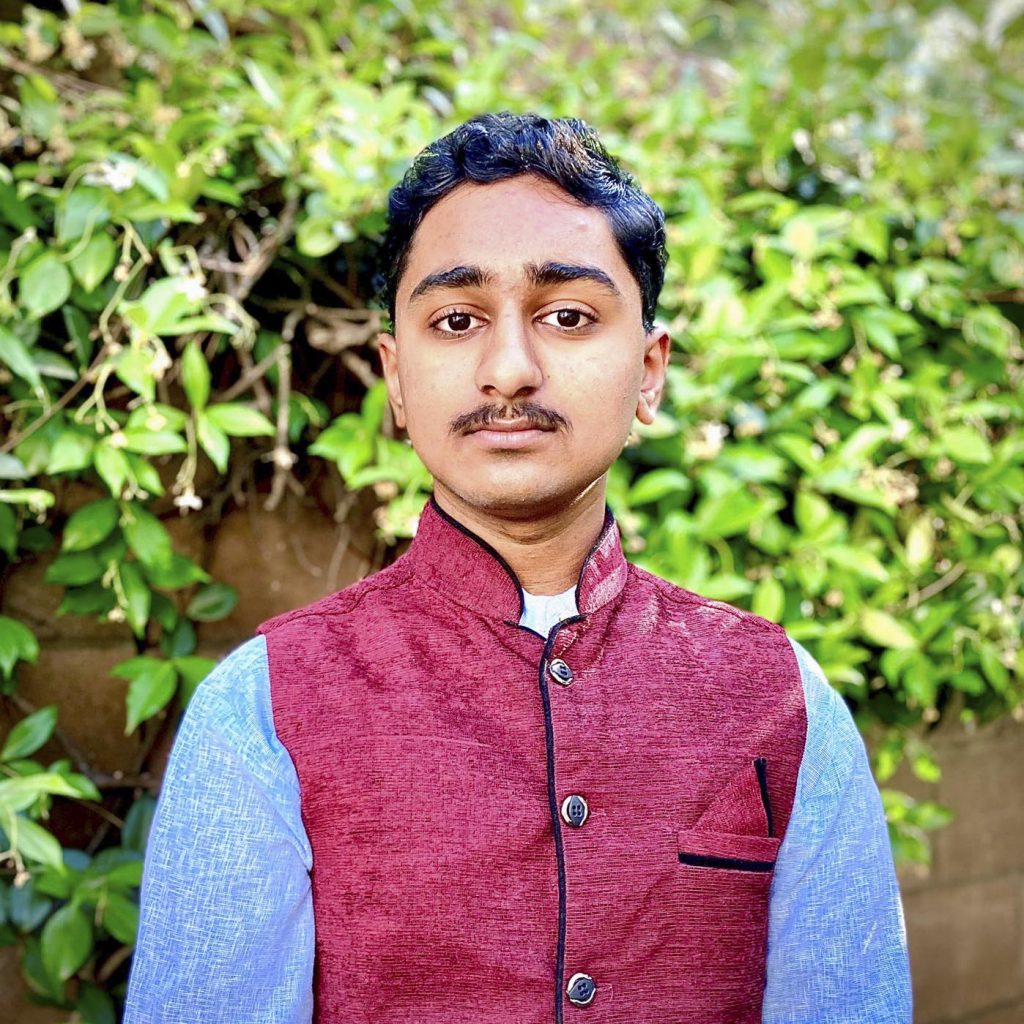
Rutvij Holay, 17, of Irvine, California, is an executive committee member of Americans for Equality PAC and a Hindu political activist. He is presently working with his school district and a textbook maker to change how Hinduism is depicted in education. He can be reached at rutvij.holay@gmail.com.
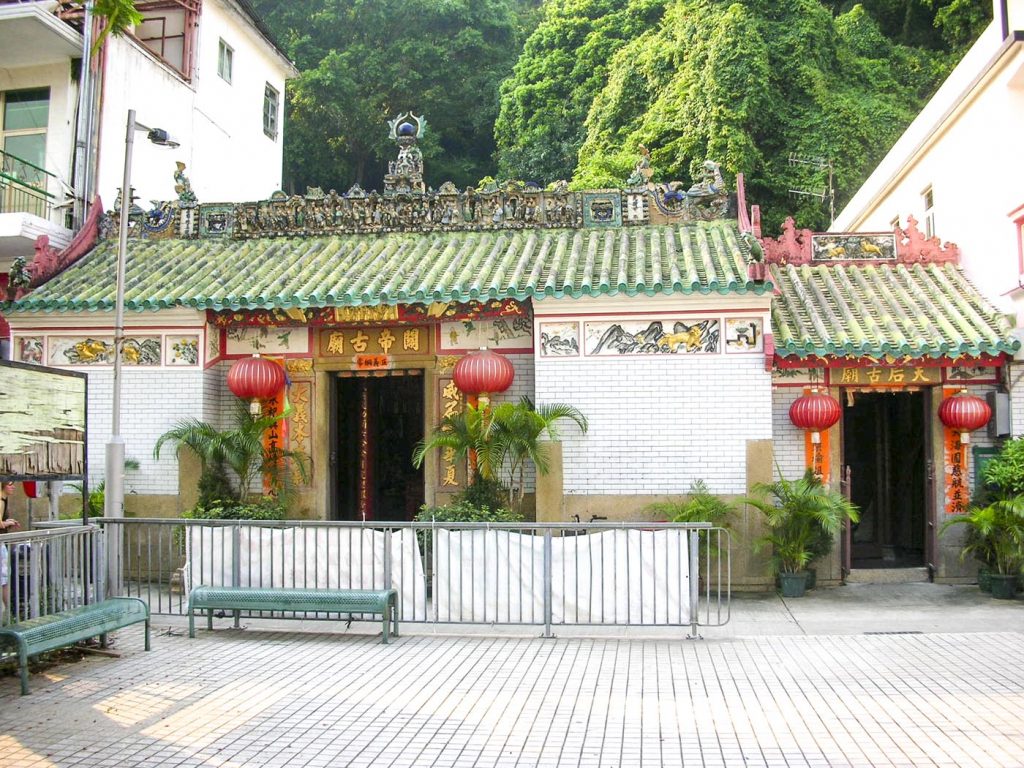
As a Hindu who’s lived in China for six years and have visited temples extensively throughout the country, I totally agree with this observation. To be honest, I feel more “at home” when I visit Taoist temples as opposed to Buddhist ones, although Buddhism is a direct offshoot of Hinduism. I think this might be because the Buddhist temples are filled with so many different forms of the same Buddha and many bodhisattvas that I’m simply unfamiliar with. In the Taoist temples, however, the deities are more unique and their functions very clear. Indeed, Tudi Gong is essentially the Grama Devata of the areas here in China. I try to seek his blessings on the first and 15th of every lunar month according to the lunisolar calendar.
Lao Tzu (also rendered as Laozi) is the reputed author of the Tao Te Ching, the founder of philosophical Taoism.
Hence in that context it is pertinent to note that-
“Kalangi Nathar was an Indian ascetic who had gone to China. Kalangi Nathar belongs to both Nath tradition of Northern India and also the Siddha tradition of Southern India. Kalangi Nathar is associated with Kaanja Malai in South India and later migrated and lived in China and spread the knowledge of yoga and Varma-Kalai (acupuncture) to the Chinese people. In China he is called Confucius. Kalangi Nathar decided to go into Samadhi for a very long time (for about 5000-years), and called Bogar to come to China to continue his mission. According to Chinese tradition, Laozi lived in the 6th century BC, however many historians contend that Laozi actually lived in the 4th century BC, which was the period of Hundred Schools of Thought and Warring States Period, whereas Confucius was born in 551 BCE in Lu, a small state in China and died in 479 BCE (as per Chinese sources). This shows that Confucius was elder to Laozi. Bhoganathar who is called Laozi/Lao Tzu in China, was the successor of Kalangi Nathar (Confucius).”
Source: https://en.m.wikipedia.org/wiki/Kalangi_Nathar
This is very interesting and I think is in line with prehistoric natural science in that Indian prehistoric evolution pre-dated Chinese evolution by at least 10,000 years given to the ice age and climate of the regions at the time. Recent mitrocondrial studies have also suggested that evolutionary paths originated in India and spread along South East Asia up through Vietnam to China – suggesting Indian civilization and even Vietnamese civilization predates Chinese civilization.
Thank you for pointing out that Taoists and Hindus most likely to came to the same conclusion independently. When people try to pinpoint divine knowledge to a single people or single culture it does a disservice to other people and cultures around the world. Cultures around the globe have developed their own wisdom and were fully capable of tapping into the Divine source the same way different ethnic groups in India, Nepal, and other parts of South Asia were able to.
I think the biggest difference between Daoism and Hinduism is that Daoism is noumenon and cannot be grasped, whereas in the Vedas, some people know Brahman.
A further difference is that in Daoism, men become gods, of folk mythology, the Eight Immortals are venerated, but they began their existence as humans. In Hinduism, gods become men (avatara).
The differences are as important as the similarities; Daoism is the remnant religion of the ancient Shang, who were deposed by the Zhou, but could not become Brahmins as in Indian history. However, like in Indian history, Daoism was incredibly influential; neo-Daoism was popular in the Jin, which succeeded the Han, and later became part of both Zen Buddhism and neo-Confucianism.
Even Mao’s “On Contradiction” has a Daoist flavor; every Chinese is culturally Daoist whenever they seek to use subtlety instead of force to get what they want.
I am a student of Philosophy trying to understand and feel ancient knowledge for a deeper insight into Life. Your article profoundly met my expectations and enhanced knowledge about Taoism. I fell in love with Tao, at first reading concept of Wu wei and did nothing to understand it. It just happened. Thanks for augmenting a what I just felt deep inside.
I too find an immense amount of similarity between ancient faiths shintoism , taoism, shamanism, hinduism ( unfortunately misappropriated due to labels of – isms by Europeans ) . The common theme being the cosmic order, the interconnectedness, living in harmony with the nature , being grateful to nature and walking on the right path . I agree that there are massive possibilities of these systems originating individually with some exchange of ideas. With the level of discussions and ideas these faiths dwelled in , I have no doubt that they must be engaging in gatherings of intellectual and spiritual discourse.
I feel like there was something similar all over the world , a natural system which has been forcefully been replaced by artificial ways crafted for benefit of few and amass an army of volunteers in the name of religion .